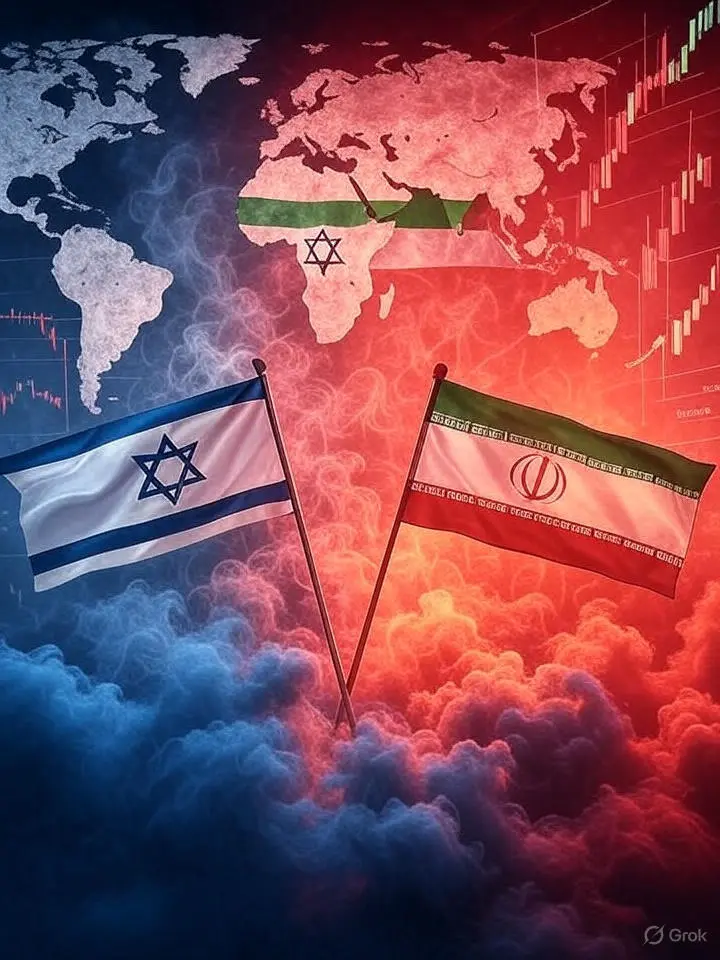? Remember Oleg Tsymbalov, knocking?? foreheads S&P500 and Nasdaq?
? Now Oleg will say about that, how you can change the commodity part of your tactics. The, protecting?? your portfolio during the crisis.
? Spoiler - forest assets ?

Prologue:
? Bismarck greedily acquired forest land. His thought was, that land will increase in value in proportion to the increase in inhabitants, or approximately on 2% once a year.
? He analyzed, convinced?? its in that, that German forests will grow in value by 2,75 % in year, so its real efficiency from forest land will be about 4,75 % in year, since inflation in those days was practically zero.
? He was in complete confidence, what if inflation still took place, then the prices for land and forest would rise in accordance with its level.
? He considered it a virtually risk-free method of preserving and increasing wealth.. History has confirmed Bismarck's unconditional correctness.
"The Hedger Out of the Fog" by B.Barton
A word to Oleg:
Hello! I did research about that, how do we improve commodities in the Risk Parity tactics.
I propose to swap the current GSCI for three US organizations, who own forest assets. As a result, the efficiency of Risk Parity increases by two percent per year., and the largest drawdown is slightly miniaturized. Here is a comparison of current and new tactics over the past eighteen years..
GSCI is the most recognizable and liquid commodities index in the world. That's why we used it in historical simulation.. The difficulty with him is, that the expected efficiency on it is negative. For instance, for eighteen years, the average loss on it is 2,2 % in year.
This is what makes up the GSCI performance over the past ten years.:
Commodity prices do not rise, and the price of their storage and allocation of funds together with a change in the time curve (futures curve) lead to losses.
This is why I got the idea to use forest assets., what is GMO (OK, which runs about $60 billion) for a couple of years, in order, I put them in my own forecasts as one of the potentially most profitable -> five percent per year after deducting the increase in the general price level!
I decided to test, how this asset class will behave in our backpack.
To do this, I made an equal-weighted index from 3 largest public companies, owning these assets.
By the way, all these companies are four, but the fourth appeared recently and has no data since 2001 of the year, where we start the simulation. Also, the fourth company is an order of magnitude smaller than the other three, therefore the index covers almost all forest assets, which can be bought through the exchange.
These are the companies:
All three companies have been operating for about 100 years and have a fairly predictable business. The forest grows on 4-5% in year, plus the land itself is gradually becoming more expensive. This adds up to a long-term profitability on these assets of about 8-10% in year. This commodities option is much better than a commodity basket., which not only produce nothing, but also require expenses.
I watched, how did the Risk Parity strategies with two commodities behave during the crisis. Was, which is similar enough.
That is, even in a crisis, when diversification is most needed, GSCI provides no discernible advantage over much more profitable forest assets.
It was also interesting to compare, how did the GSCI behave during the crisis, forest assets and S&P 500.
GSCI just before the height of the crisis in the fall 2008 of the year skyrocketed, and then fell just as sharply. And forest assets most of the time had a drawdown less, than the widely diversified S&P 500. And that's about it., that the crisis was triggered by problems in the homebuilding industry, which is one of the largest buyers of timber.
apparently, in times of crisis, investors do not perceive forest assets simply, as suppliers of timber, but as a reliable asset in case of an unexpected increase in inflation. Therefore, the price of these assets did not drop much during the crisis..
